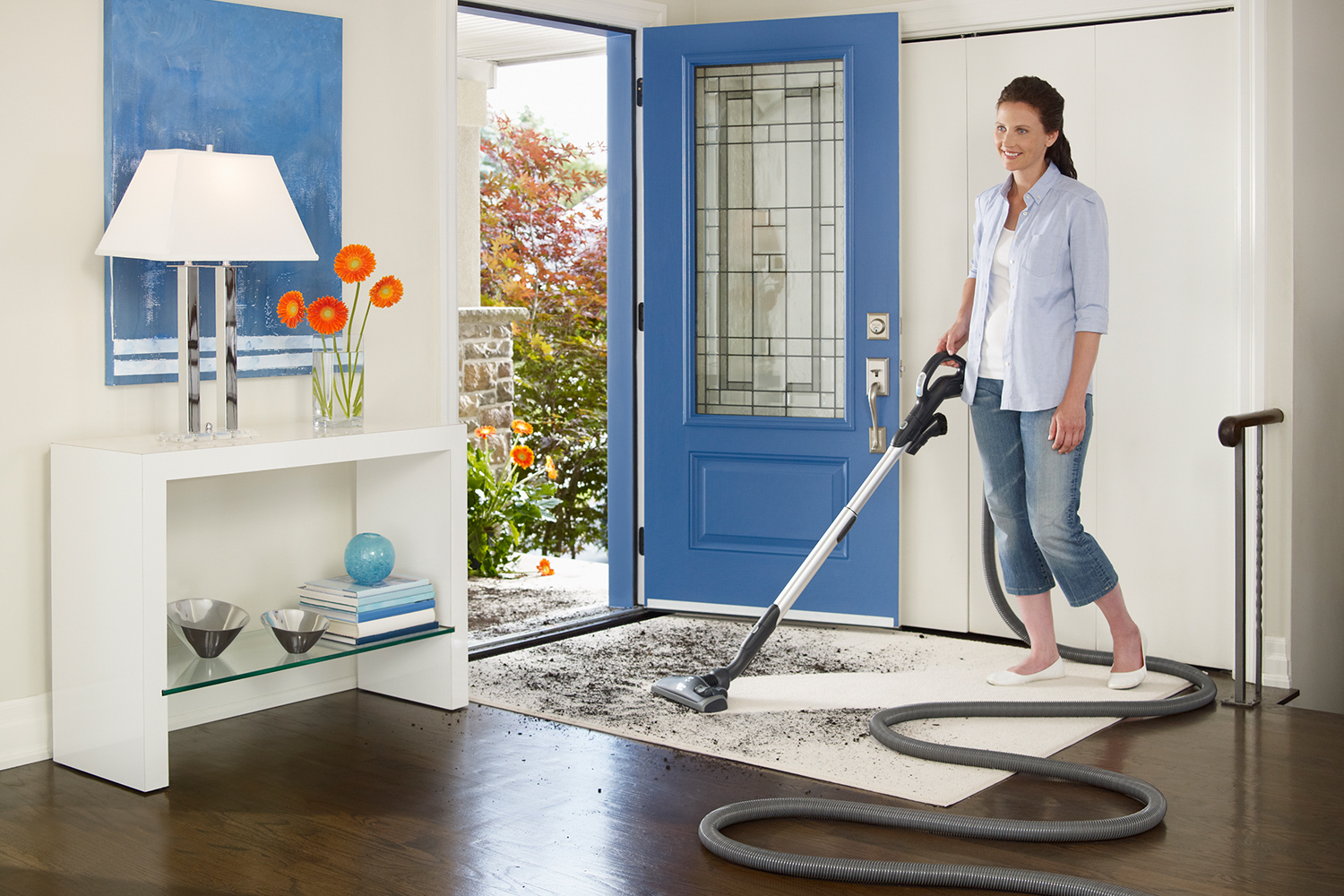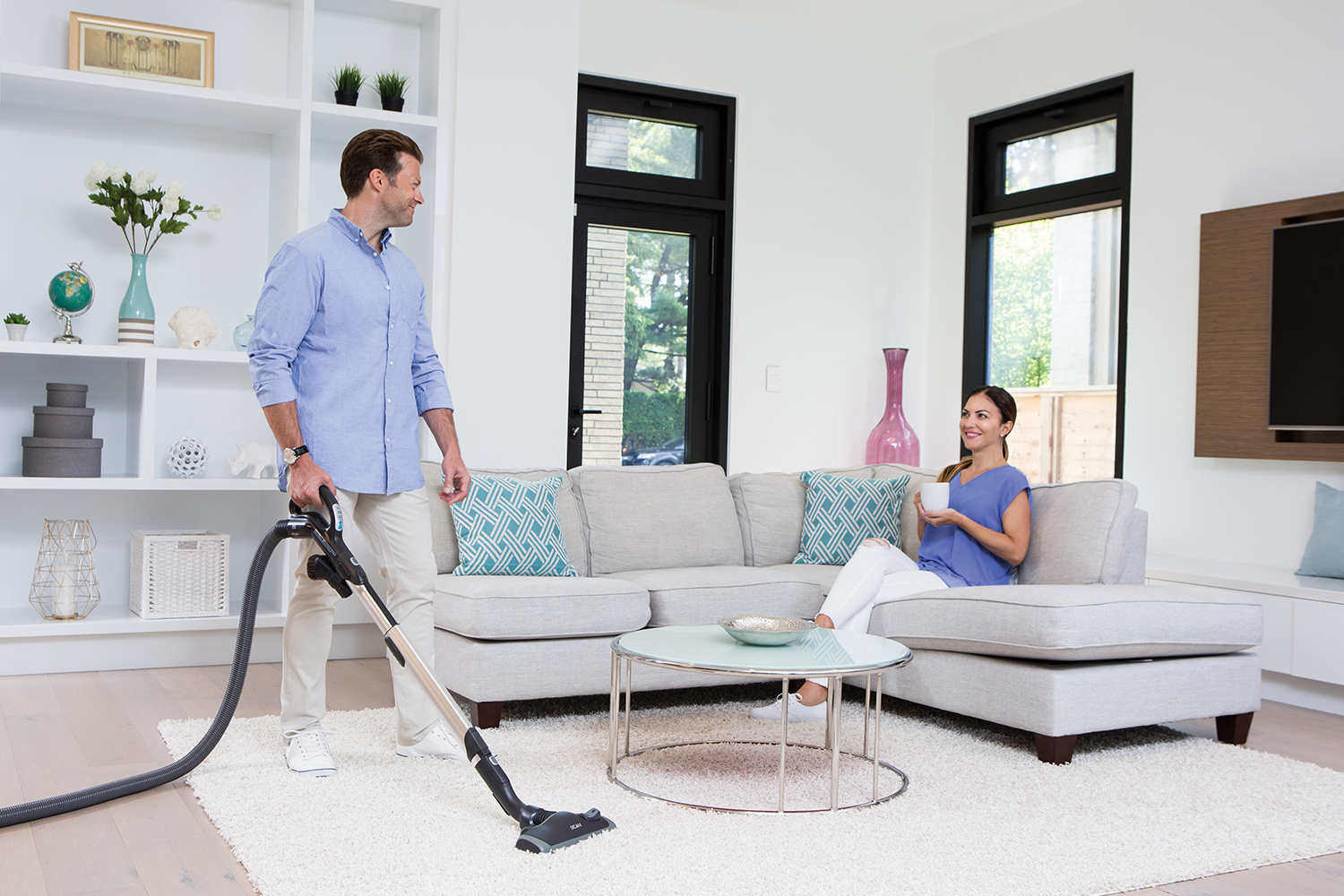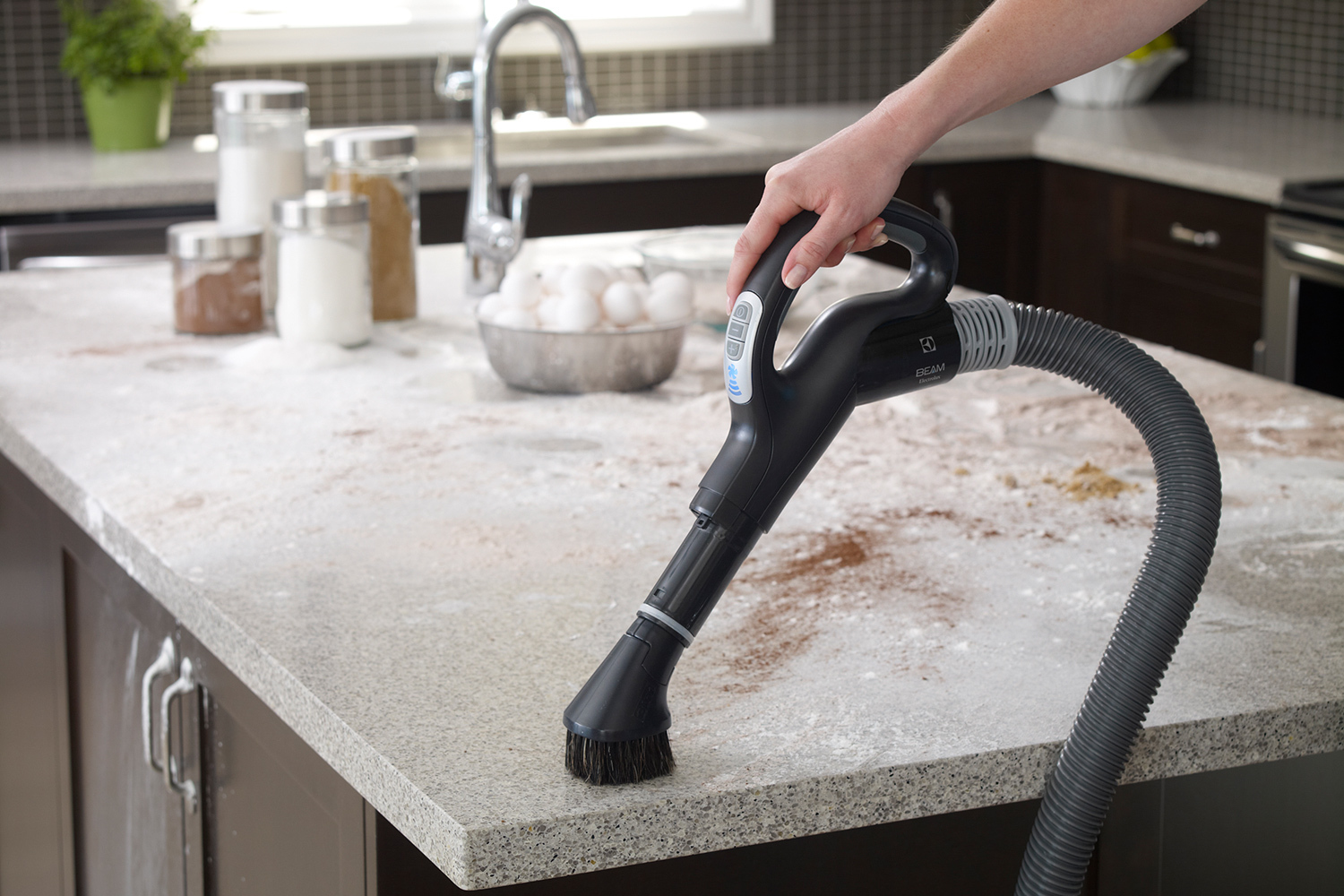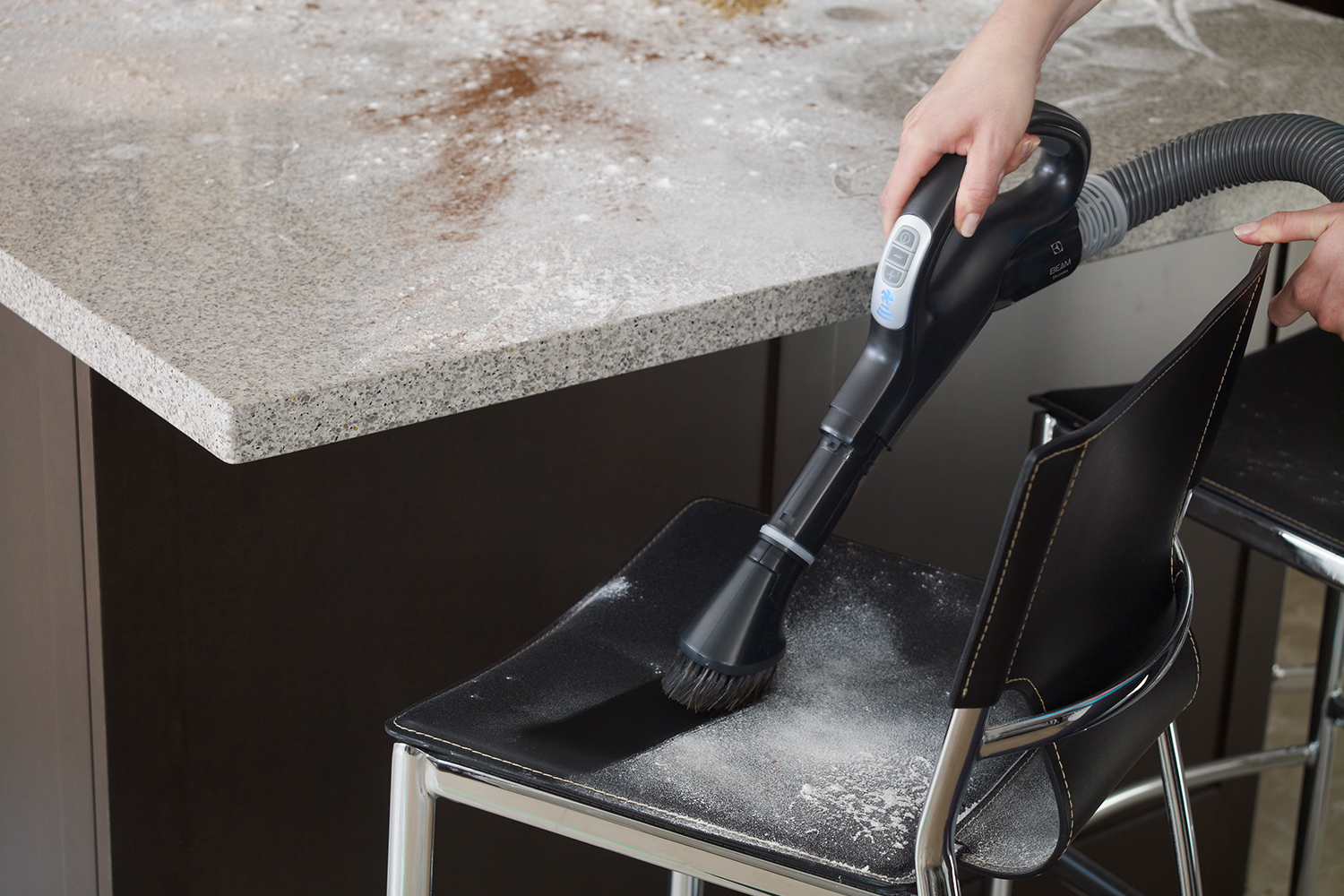For many of us, vacuuming is a routine household chore, often facilitated by traditional vacuum systems. While they have served us well for decades, there's a growing buzz about the efficiency and benefits of central vacuum systems. If you're wondering whether it's time for an upgrade, here are five signs to watch out for:
Over the years, a decline in the performance of traditional vacuums isn’t just a possibility; it’s almost a guarantee. This reduction in suction power can be attributed to factors like clogged filters, bursting-at-the-seams dust bags, and the unavoidable wear and tear that comes with regular use.
Enter the central vacuum system. Engineered to bypass the typical issues of suction reduction, they ensure that every corner of your home is swept free of dust and debris. The difference is palpable: where traditional systems might struggle with larger debris or deeply embedded dirt, central systems power through with ease, ensuring your home remains immaculate.
The relationship with a traditional vacuum often follows a predictable trajectory: a honeymoon phase filled with efficient cleaning sessions, followed by a series of breakdowns, repairs, and maintenance needs. Broken belts, temperamental motors, and the sporadic electrical glitches can swiftly turn a cleaning session into a troubleshooting exercise.
Conversely, central vacuum systems are virtually synonymous with durability. Their design emphasizes longevity and efficiency, resulting in fewer maintenance calls and a longer lifespan. The economic implications are evident: over time, the reduced need for repairs and replacements can result in notable savings.
The auditory impact of traditional vacuums can't be understated. Their operations often produce a disruptive hum, turning peaceful homes into noisy zones. This can be particularly bothersome in households with young children, elderly individuals who cherish their tranquility, or pets that might be startled by sudden loud noises.
Central vacuum systems, with their primary units typically nestled in out-of-the-way spaces like the basement and the garage, introduce a new era of quiet cleaning. The separation between the primary unit and the in-home inlets ensures that the operational noise remains significantly muted, preserving the sanctity and tranquility of your living spaces.
The health implications of vacuuming go beyond a clean floor. Traditional vacuums, despite their best intentions, can sometimes reintroduce fine dust particles and allergens back into your indoor environment. Over time, this can exacerbate allergies and negatively impact indoor air quality.
The filtration mechanism in central vacuum systems sets them leagues apart. These systems ensure a more comprehensive capture of potential irritants, venting them outside your living area. For households with allergy sufferers, this can mean a drastic improvement in the quality of life, offering cleaner air and reduced allergic triggers.
The physicality of cleaning with a traditional vacuum — dragging it up stairs, navigating it around furniture, or lugging it from one room to the next — can be exhausting. This inconvenience often leads to cleaning being postponed or curtailed.
The brilliance of central vacuum systems lies in their user-centric design. With strategically positioned inlets across your home, cleaning becomes as simple as connecting a lightweight hose. No more heavy lifting or maneuvering bulky units. Cleaning becomes swifter, more efficient, and less physically taxing.
Embracing a central vacuum system isn't merely about riding the wave of modern home trends. It's an investment in the longevity, health, and efficiency of your home's cleaning regimen. If you identify with any of the challenges outlined above, perhaps it's time to delve deeper into the benefits of a central system. Take a moment to reflect on your current cleaning challenges and weigh them against the undeniable long-term advantages of upgrading.
The world of home maintenance is evolving. It's not just about keeping spaces clean anymore; it's about doing so with maximum efficiency, minimum disruption, and tangible health benefits. Central vacuum systems are at the forefront of this evolution, offering a compelling case for why they might just be the future of home cleaning.

Here, we delve deeper into maintaining and enhancing the performance and lifespan of your CVS.
Read More

Central Vacuum Systems (CVS), a modern solution that not only ups the ante in cleaning efficiency but also presents a slew of environmental benefits
Read More

Central Vacuum System (CVS). As we delve deeper into this often-overlooked addition, we'll explore how integrating a CVS can be both a practical choice for homeowners and a magnet for potential buyers
Read More

Clinically proven! A BEAM Central Vacuum Systems removes allergens and dirt from the living areas... reducing allergy symptoms as much as 61%!
Read More

The capacity of the waste collection receptacles varies depending on the type of Vacuum Cleaner you use.
Read More

We all want the air that we breathe, to be as clean and fresh as possible.
Read More

People who suffer from allergies, asthma and other respiratory problems make up 20% of the population in New Zealand.
Read More

It's time that we started thinking about our health and the health in our home.
Read More

If you're wondering whether it's time for an upgrade, here are five signs to watch out for
Read More

While the advantages of a CVS are many, the installation requires meticulous planning and design forethought to extract the system's full potential.
Read More

In this blog, we will guide you through the process of selecting the ideal central vacuum system that meets your specific needs and ensures a cleaner living environment.
Read More

In this blog, we will delve into the inner workings of central vacuum systems, exploring the technology behind their operation and how they efficiently clean from room to room
Read More
Contact us
For over 65 years, BEAM has been a leading manufacturer of central vacuum systems with a long line of innovative products to raise the bar.
Contact us